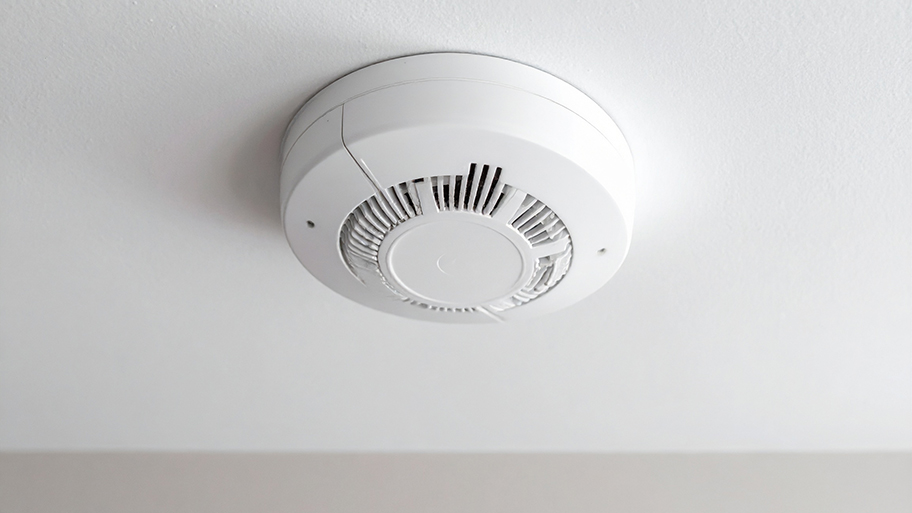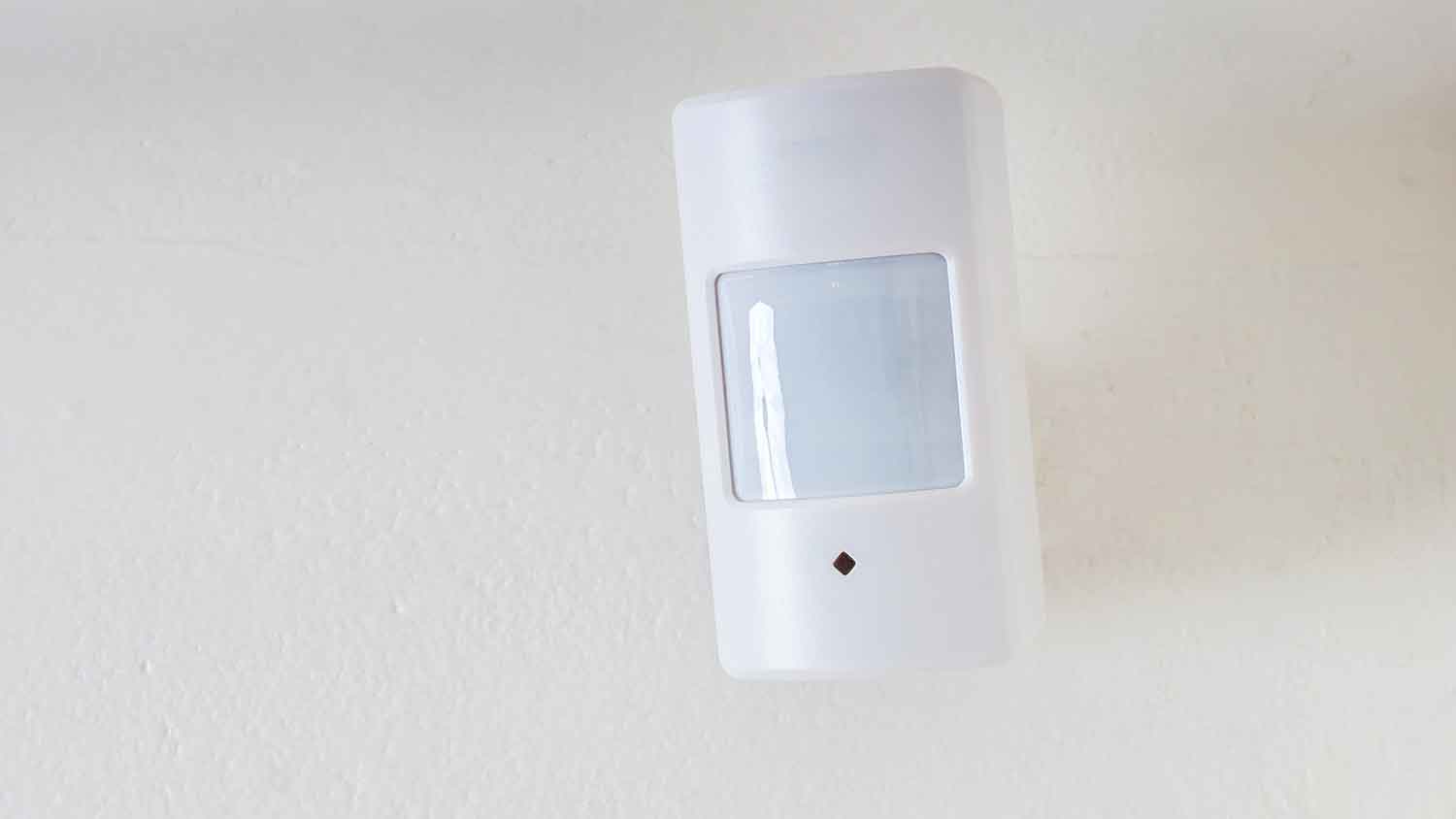
Discover true smoke detector installation costs. Learn about average prices, cost factors, and tips to save on your smoke detector installation project.
Give your security system a tune-up and yourself some peace of mind


The cost of a home security system is a big investment. And like any big investment—a car, an appliance, or an entire house—you need to routinely check its parts to make sure everything is running smoothly. It’s a good idea to run periodic security system maintenance to see what needs updating, replacing, or even cleaning to make sure your system doesn’t get outdated.
Most of these tasks apply to wireless security systems, as their parts are usually easier to access, but it’s worth going over for a hardwired system, too. Not sure what kind of maintenance to tackle first? Don’t worry. We’ll go over all the to-dos and when you should do them so that you can save yourself time, money, and energy in the long run.
After installing your home security system, you might feel like the job is done. And that’s partially true, given that the biggest cost of installing a home security system comes upfront with its purchase. But routine maintenance like testing the system, cleaning lenses, and replacing batteries and bulbs are all easy DIY tasks that help you ensure it’s functioning effectively.
The most important aspect of doing home security system maintenance is the fact that it gives you the ongoing peace of mind that, should anything happen, your home is properly protected and monitored.
There are different tasks associated with maintaining an effective home security system. While some can be repeated on a weekly basis, there are others that tend to be more periodic. We’ve divided each to-do list between weekly, monthly, biannual, and annual tasks so that you know what needs doing and when.

Each week, make sure the batteries on your home security system (if any) don’t need recharging or replacing. Most systems can go many weeks without this, but it varies between brands. Follow the handbook that comes with your system, and remember that it’s better to be safe than sorry. Dead batteries in your security system could leave you more vulnerable to crime.
Each week, or every other week, you should be taking some time to clean each part to make sure it can run properly with no defects.
Here’s a checklist to guide your cleaning routine:
Dust the control panel, cameras, and sensors to prevent cobwebs and dust bunnies from interfering with your security.
Spray glass cleaner on a microfiber cloth—be careful to avoid paper towels, as they can scratch lenses.
Wipe down the lenses of each camera and the screen of your control panel, if needed.
If you have a wireless security system, you can also take this time to go through your footage. Sometimes your digitally stored files may need to be cleared out in order for new ones to load in. Again, this depends on the brand and type of security system you choose.
Every month, you should be updating the app for your smart home system or wireless security system. Or, if you have a hardwired security system, run a self-diagnostic test. Both types of systems come with a control panel, and you can take this opportunity to run test mode on that, as well.
If it’s your first time doing so, you can call the company’s customer service line to walk you through it and make sure you don’t set off a false alarm.

A couple of times a year, take a walk around your property to make sure your sensors and security cameras are firmly in the right place. Sometimes, pets, children, or outdoor animals can move them around, or humidity can get to them over time.
If your system is controlled with an app, you can check each motion sensor by tripping it with your own movement. Have fun doing a little dance in front of a sensor, and make sure you get a notification alerting you to it.
If your motion sensors or cameras aren’t working, it could be a battery issue. If this is a hardwired system, it’s best to call the company behind the product. For a wireless system, you can try changing or charging the batteries before reconnecting that sensor or camera to the system.
Since you’re already checking batteries, use this time to check other security devices, too. How are your smoke and carbon monoxide detectors doing?

Nature can make a lot of difference in a year. Maybe a bush grew in front of a camera, or an outdoor lighting fixture broke during a storm. Each year is an opportunity to reevaluate the effectiveness of your system in case it’s not working for your needs anymore.
Your annual checklist should consist of:
Trimming any trees or bushes that cover sensors or provide hiding spots
Replacing outdoor light bulbs or adding more
Tightening up any loose screws you come across
Assessing the position of security cameras on your property
Adding security lights, sensors, or cameras that could increase security on your property
You can also check your contract each year to see if you’re eligible for upgraded equipment. If you’re still within your warranty, you should also make sure that all the pieces are functioning properly and don’t need replacing, since it could be free to do so.
From average costs to expert advice, get all the answers you need to get your job done.

Discover true smoke detector installation costs. Learn about average prices, cost factors, and tips to save on your smoke detector installation project.

Feeling safe at home should always be a priority, and installing a new security system can help you do just that—no matter where you live.

How much does it cost to install a doorbell camera? It depends on whether you plan to DIY or hire a pro. Learn about different models and their power sources, too.

What causes false alarms on home security systems? Explore some of the most common causes here so that you can avoid them altogether.

Looking to truly amp up your home’s overall security level? Keep reading to learn how to install a security system all by yourself.

There are many types of window alarm sensors. Find out which is right for you in our easy-to-read guide.